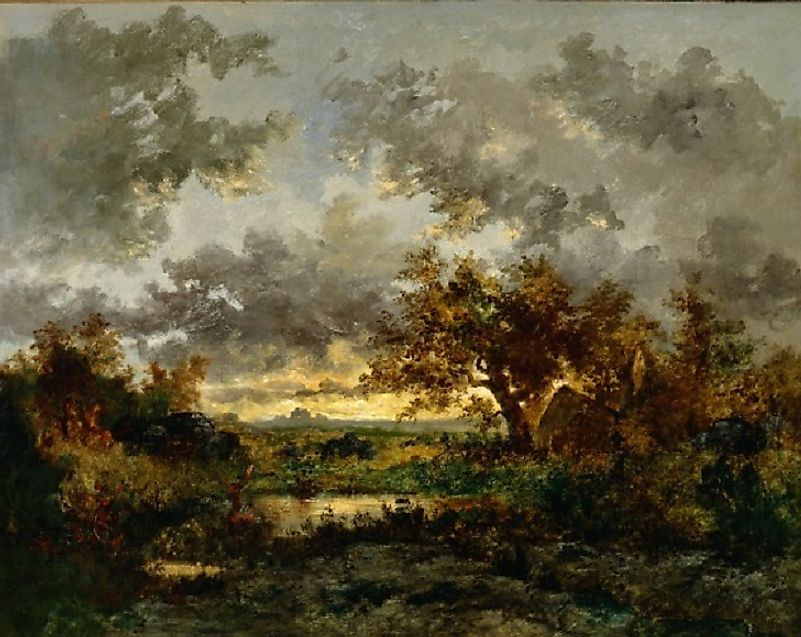The Barbizon School Of Art

Art has been an important aspect of human development and growth for centuries. While art is commonly associated with a piece of work in a gallery in the form of painting or sculpture, it encompasses more than what is displayed in the gallery or museums. We are surrounded by art and use it daily whether at home, workplace or while commuting. Art has a way of affecting moods and attitudes which inspire how one carries out their daily activities. The spread and art movements around the world date back to 7th Century BC. The Barbizon School of Art was one of the art movements which arose from the dominant Romantic Movement from 1830 to 1870
5. Overview of the Style -
The Barbizon School of Art was influenced by the natural scenes in the Barbizon region of France, which would also become sources of subjects and inspiration for the painting and sculptural works created during the movement. Natural scenes were the subjects of painting than the backdrops of dramatic events. Artists gathered around nature such as forests, landscapes, rivers and other natural phenomena to paint as far as they could see. The French landscape was the main theme of most of the Barbizon painters. Painting work involved the simple landscape features including hills, trees, rivers, and plants, activities within the landscape such as harvesting, grazing animals, and other activities that characterized the natural scenes.
4. History and Development -
Before the Barbizon Movement, the landscape painting in France was shallowly explored and restricted by the aesthetic code, which was upheld by the conservative French Academy throughout much of the 19th Century. Artists were trained to emulate the classical antiquity. In 1816 French Academy introduced the landscape painting with an award to the promising painters after every four years. The academy prompted a frenzy of excitement over landscape painting with several artists venturing outside of Paris to work from nature. The forest of Fontainebleau quickly became a popular destination for most artists. In the spring of 1829, Jean Corot went to the Barbizon to paint in the forest where he met other members of the Barbizon School including Theodore Rousseau, Paul Huet, Constant Troyon, and Jean Millet. Despite the painting techniques, lifestyle, and age, the artist of Barbizon School of Art embraced the landscape as an independent subject reinforcing the pleasure in nature.
3. Notable Artists and their Works -
The Barbizon School of Art was dominated by such notable artists as Theodore Rousseau, whose paintings were grave in character and included the Charcoal Burner’s Hut and many others featuring the Barbizon landscapes. Several pieces of his work ended up being displayed at the Victoria and Albert Museum. Jean-Francois was also part of the Barbizon School whose work included the Harvester, Haymaker, Gleaners, and The Angelus. Constant Troyon was also a member of the Barbizon School who painted mostly landscape in his early life but later turned to painting animals. His work included the Ford, 1852. Camille Corot is famous for his Oak Tree at Bas-Breau which focused on the topography of Fontainebleau.
2. Decline and Successive Movements -
The Barbizon painters attracted the attention of the younger generation of painters who were studying in Paris in the 1860s. Although they were impressed with the landscape painting, they were not fully satisfied with the work because of the low effects of light in the paintings. The young generation of artists who were influence by Barbizon School of Art developed an art movement called Impressionism in the late 1870s leading to the decline and popularity of the Barbizon School of Art. The new art movement emphasized on an accurate depiction of light accentuating the effects of time passage.
1. Legacy -
The Barbizon School of Art influenced painters in other parts of France, as well as countries all around Europe. Many artists flocked Paris from all over Europe to study this kind of a new art movement. Some of the painters whose work was influenced by Barbizon School include Janos Thorma from Hungary who founded the Nagybanya Artist Colony after his study in Paris in 1896.







